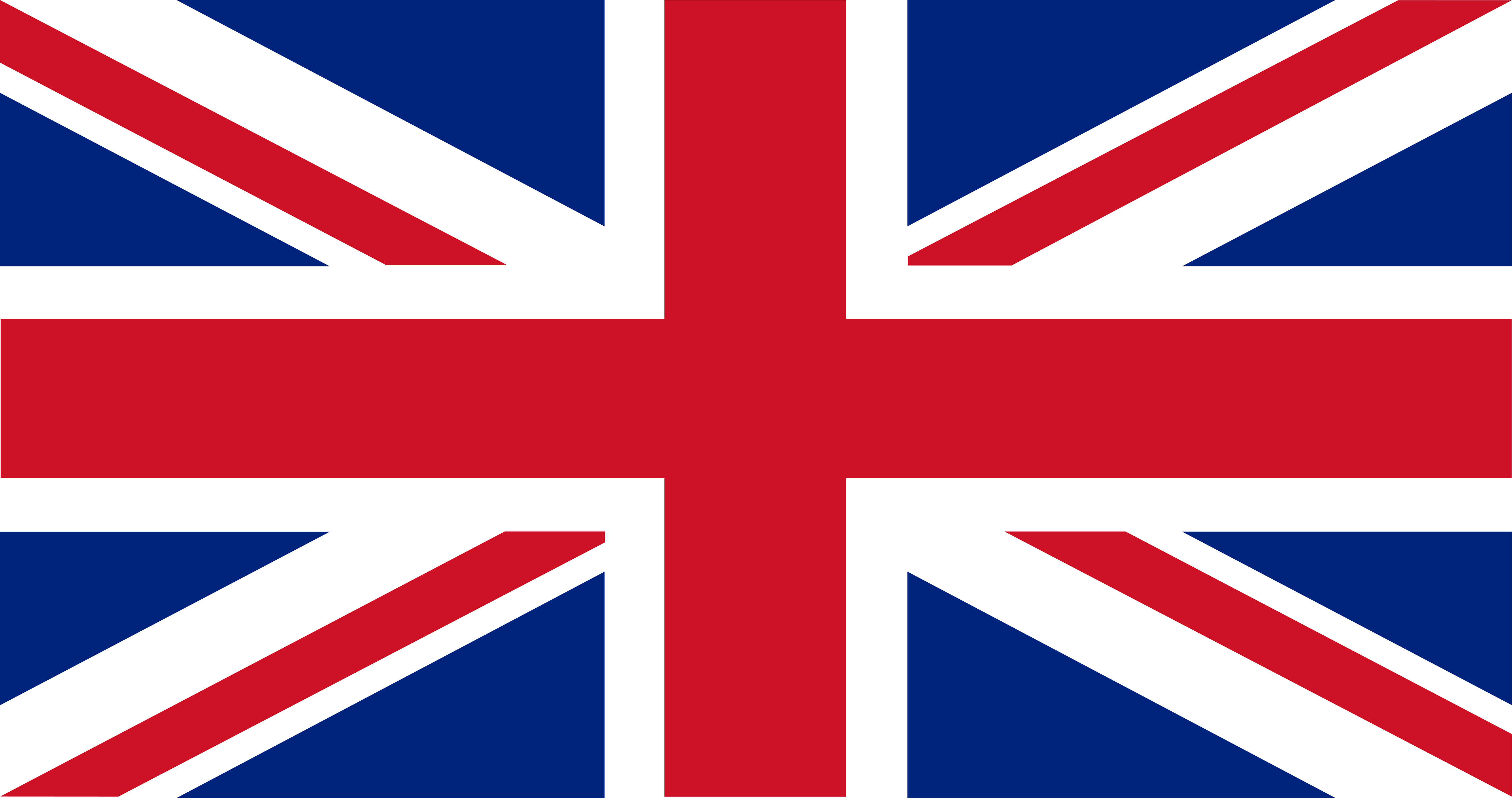

Literary tourism is a form of literary-motivated travel associated with authors, their works, and the places they are connected to (Busby, 2022). Central to this phenomenon is the idea that literature has the capacity to transform the perception of landscapes and to imbue them with symbolic, emotional, and cultural significance (Baleiro, 2023). These transformations often occur through readers’ imaginative engagements with place, resulting in landscapes that are experienced not only in geographical terms but also as extensions of narrative and identity (Watson, 2006). This imaginative transformation, in turn, stimulates tourism, bridging fiction and reality in a distinctly cultural and commercial manner. As Bærenholdt et al. (2004) argue, tourist places are not fixed but (re)created and (re)produced through the actions, performances, and perceptions of tourists. Tourists transform these spaces through their everyday behaviour, making places a dynamic and co-constructed reality.
William Shakespeare is widely regarded as the greatest English playwright and poet, and as such, an influential figure in the development of literary tourism not only in England but also worldwide. He occupies a prominent place in the history of literature as we know it today, and his works have not only shaped the English literary canon but also contributed to a powerful reimagining of places across England and beyond. His personal life, history, and influential work and legacy are the foundations of Shakespeare tourism, a literary-motivated travel focused on one of the true icons of English literature.
In English literary studies, Shakespeare scholarship is primarily focused on his performances, adaptations, and interpretations of his plays and poems. From a tourism perspective, however, the focus is geographical and cultural. On the one hand, Shakespeare tourism is centred around his homeland, heritage, and identity, particularly his childhood, personal history, and work in England. On the other hand, the works of Shakespeare, particularly the characters depicted in his plays and poems, are the main drivers of tourism development in many destinations across the globe, such as Stratford-upon-Avon, London, Verona and Athens.
In England, William Shakespeare is not only a pivotal historical figure but also a “symbol of national and universal greatness” (Dobson, 1992; Ormsby, 2017, p. 433). His legacy, centred upon his life, works, and associated sites, has been carefully curated, preserved, and promoted. The material culture surrounding Shakespeare has been instrumental in constructing a heritage landscape that merges memory with historical preservation. This process aligns with broader heritage discourses that position cultural figures as symbols of collective identity (Naumov, 2022). In this context, Shakespearean heritage is not static but constantly reinterpreted in response to contemporary cultural, economic, and political forces. As a result, Shakespeare serves as both a symbol of tradition and a dynamic resource through which heritage tourism, national branding, and global cultural exchange are negotiated and enacted.
Stratford-upon-Avon, Shakespeare’s birthplace and home to several heritage sites and institutions, represents one of the most prominent examples of literary tourism. As Ormsby (2017) notes, this small town in Warwickshire has attracted tourists since the death of Shakespeare in the early seventeenth century. Visitors would come to see the Holy Trinity Church and New Place, the residence purchased by Shakespeare in 1597. However, it is David Garrick’s 1769 Shakespeare Jubilee in Stratford-upon-Avon that is often regarded as the first notable moment in the development of Shakespearean cultural heritage and literary tourism (Ormsby & Pye, 2023). Garrick, a prominent actor and Shakespearean admirer, orchestrated the event to honour the Bard’s legacy through processions, music, and poetry. As Richard Schoch (2012, p. 181) explains, with reference to Shakespeare’s birthplace, ‘the small old house’ was “fully recognised and promoted as the place where Shakespeare was born” only after the Jubilee. The event marked the beginning of Shakespeare’s canonisation in the public imagination and stimulated sustained interest in Stratford as a place of literary pilgrimage (Ormsby, 2017), laying the foundations for its future as a heritage tourism destination.
Stratford has since undergone a process of modernisation and tourism development. Institutions such as the Shakespeare Birthplace Trust (established in 1847) and the Royal Shakespeare Company (RSC) (established in 1961) have been instrumental in preserving and promoting Shakespeare’s history and heritage. The Trust maintains historic properties linked to Shakespeare’s life, offering educational programmes and curating archival materials that contribute to the interpretation of Shakespeare as national heritage. The RSC, based at the Royal Shakespeare Theatre, focuses on the performance and reinterpretation of Shakespeare’s plays, attracting global audiences and fostering artistic innovation. Together, these institutions shape the town’s identity, support literary tourism, and serve as key agents in the cultural production and international dissemination of Shakespearean heritage. Both institutions, however, have also contributed significantly to the commodification of the town. Re-enactments, guided tours, museums, performances, and an extensive souvenir trade all exemplify how Stratford has been transformed into a destination for the mass consumption of literary heritage.
Most importantly, the town has undergone a process of symbolic elevation, whereby its material legacy has been reframed through the lens of Shakespearean memory. This is particularly evident in Shakespeare’s Birthplace on Henley Street. In his book Shakespeare’s House: A Window onto his Life and Legacy, Schoch (2023) explores the history of the Birthplace and examines how the house evolved from a family home into a nationally recognised monument of culture in the 1890s, and later into a ‘national memorial’ and ‘national shrine’. In the same context, in her book Shakespeare’s Shrine: The Bard’s Birthplace and the Invention of Stratford-upon-Avon, Thomas (2012) explores how Victorian-era Stratford has been transformed into a place offering a curated experience that connects visitors to an imagined literary past. The quest for Shakespeare represents a nostalgic form of time travel to a bygone rural England, in which visitors can evoke memories of a young man and his early life. Similarly, Scheil (2018) argues that such nostalgic evocations have also transformed Anne Hathaway’s cottage, making it an equally popular place of interest.
Another example of a Shakespeare-related literary tourism site is Shakespeare’s Globe. Opened in 1997 near the location of the original Globe Theatre on the south bank of the Thames, the reconstructed Globe is a monumental attraction for Shakespeare enthusiasts. Built to resemble an Elizabethan playhouse, the Globe evokes nostalgic longing for early modern theatrical experience. The venue serves as a functioning theatre and a heritage attraction, complete with an exhibition space, backstage tours, and a gift shop selling Shakespeare-themed souvenirs (Ormsby, 2017). The Globe is uniquely positioned as both a sacred site and a visitor attraction, where the boundaries between historical authenticity and contemporary performance are continually negotiated. It functions as a destination of the imagination, inviting visitors and audiences to transcend temporal and spatial boundaries through staged productions and embodied experiences. This dynamic was especially evident during the 2012 Globe to Globe Festival, when 36 international companies performed Shakespeare’s plays in various languages over fifty days. The festival highlighted the tensions between Shakespeare as national heritage and his global appropriation, illustrating how the Globe mediates cultural memory, authenticity, and international tourism in ways that are both celebratory and critically reflective (Bennett & Carson, 2013; Sullivan, Prescott & Edmondson, 2013).
The work of Shakespeare has reached all corners of the globe, and his writings feature various places and spaces, from his native Stratford-upon-Avon to Verona, London, Alexandria, Athens, Helsingør, and Vancouver, among others. These festivals are all part of a large group of hundreds of festivals, from small community events to highly professional performances performed across North America and Europe (Cinpoes, March & Prescott, 2021). These places, whether directly associated with Shakespeare’s plays or drawn into the global network of his reception, have developed tourism products and experiences that capitalise on the enduring appeal of his legacy. For example, the Bard on the Beach festival in Vancouver, Canada, has been held annually since 1990 and includes a programme of plays, talks, and music dedicated to Shakespeare. In Scotland, there is a dedicated Macbeth Trail: a driving route that links locations featured in Shakespeare’s play. In Japan, the Shakespeare Country Park in Maruyama hosts replicas of the Birthplace, Mary Arden’s house, and a windmill. Most important, however, are the various examples of Shakespeare-related festivals. Two of the most notable are the Stratford Festival in Ontario, Canada, and the Oregon Shakespeare Festival in Ashland, United States. Both festivals illustrate how Shakespeare’s name and works can be utilised for tourism, heritage branding, and cultural production.
The Stratford Festival, founded in 1953, is in the small Canadian town of Stratford, which lies within accessible distance from major urban centres such as Toronto and Detroit. Originally focused on Shakespearean drama, the festival has expanded to include a wide range of classical and contemporary plays, yet Shakespeare remains central to its identity. The festival has become a major tourist attraction, generating significant economic and cultural impact. Similarly, the Oregon Shakespeare Festival in Ashland began in 1935 when Angus Bowmer, a teacher at Southern Oregon Normal School, proposed staging two Shakespeare plays — Twelfth Night and The Merchant of Venice — as part of Independence Day celebrations. Since then, the festival has evolved into one of the largest and most respected regional theatre companies in the United States. It has transformed Ashland into a cultural tourism hub, drawing thousands of visitors annually and contributing to the local economy (Bennett, 2005). These festivals demonstrate how Shakespeare's works can be reinterpreted and localised, creating distinctive cultural experiences that transcend national boundaries while engaging with themes of heritage, authenticity, and global cultural exchange.
In conclusion, Shakespeare’s legacy continues to shape literary tourism through heritage sites, performances, and global festivals. His works transcend national boundaries, transforming places into imaginative landscapes and cultural destinations. As a symbol of tradition and a vehicle for innovation, Shakespeare remains central to the evolving relationship between literature, place, and tourism.
How to cite this dictionary entry: Naumov, N. (2025). Shakespeare Tourism. In R. Baleiro, G. Capecchi & J. Arcos-Pumarola (Orgs.). E-Dictionary of Literary Tourism. University for Foreigners of Perugia. https://doi.org/10.34623/zdg2-hn59
- Bærenholdt, J., Haldrup, M., Larsen, J. & Urry, J. (2004). Performing Tourist Places. Routledge.
- Baleiro, R. (2023a). Literary landscape. In R. Baleiro, G. Capecchi & J. Arcos-Pumarola (Orgs.), E-Dictionary of Literary Tourism. University for Foreigners of Perugia. https://doi.org/10.34623/zdg2-hn59
- Bennett, S. (2005). Shakespeare on vacation. In Hodgdon, B. & Worthen, W. (Eds) A Companion to Shakespeare and Performance (pp.494-508). Blackwell Publishing.
- Bennett, S. & Carson, C. (2013) Shakespeare Beyond English: A Global Experiment. Cambridge University Press.
- Busby, G. (2022). Literary tourism. In D. Buhalis (Ed.). Encyclopedia of Tourism Management and Marketing (pp. 68-70). Edward Elgar Publishing.
- Cinpoes, N., March, F. & Prescott, P. (2021). Shakespeare on European Festival Stages. Bloomsbury Publishing.
- Cole, S. & Lay, R. (2004). The De-evolution of a Tradition: The Elizabethan Theatre at the Oregon Shakespeare Festival, Theatre Symposium 12, 75-85.
- Dobson, M. (1992). The Making of the National Poet: Shakespeare, Adaptation and Authorship, 1660-1769. The Clarendon Press.
- Kennedy, D. (1998). Shakespeare and Cultural Tourism, Theatre Journal, 50(2), 175-188.
- Naumov, N. (2022). Identity. In D. Buhalis (Ed.), Encyclopedia of Tourism Management and Marketing (pp.636-638). Edward Elgar Publishing.
- Ormsby, R. (2017). Shakespearean tourism: From national heritage to global attraction. In Levenson, J. & Ormsby, R. (Eds). The Shakespearean World (pp.431-443). Routledge.
- Ormsby, R. & Pye, V. C. (2023). Shakespeare and Tourism. Routledge.
- Scheil, K. (2018). Imagining Shakespeare's Wife: The Afterlife of Anne Hathaway. Cambridge University Press.
- Schoch, R. (2023). Shakespeare’s House: A Window onto his life and legacy. Bloomsbury Publishing.
- Schoch, R. (2012). The Birth of Shakespeare’s Birthplace, Theatre Survey, 53(2), 181-201.
- Sullivan, E., Prescott, P. & Edmondson, P. (2013). A Year of Shakespeare: Re-living the World Shakespeare Festival. Bloomsbury Academic Press.
- Thomas, J. (2012). Shakespeare's Shrine: The Bard's Birthplace and the Invention of Stratford-upon-Avon. University of Pennsylvania Press.
- Watson, N. (2006). The Literary Tourist. Palgrave.
